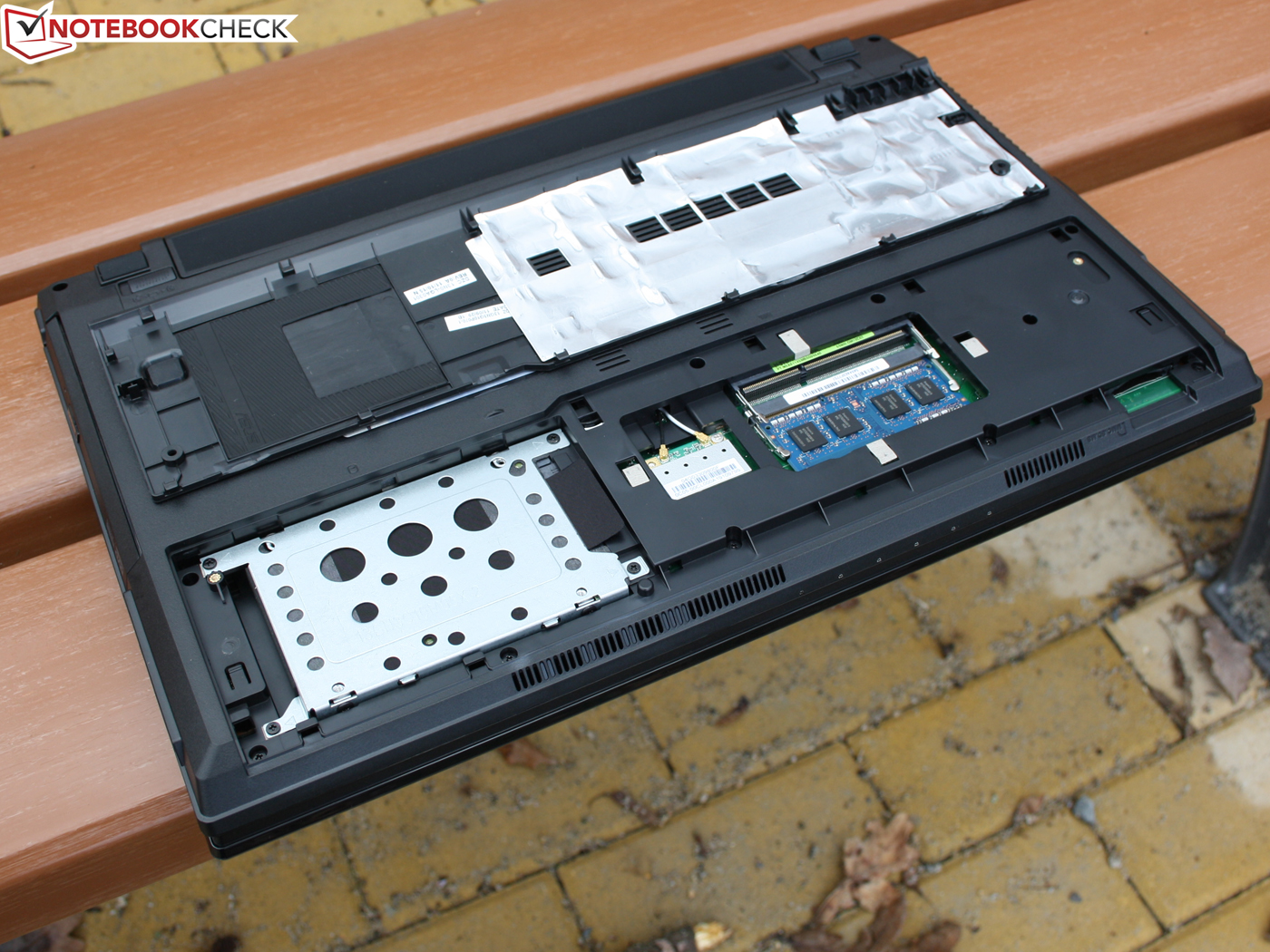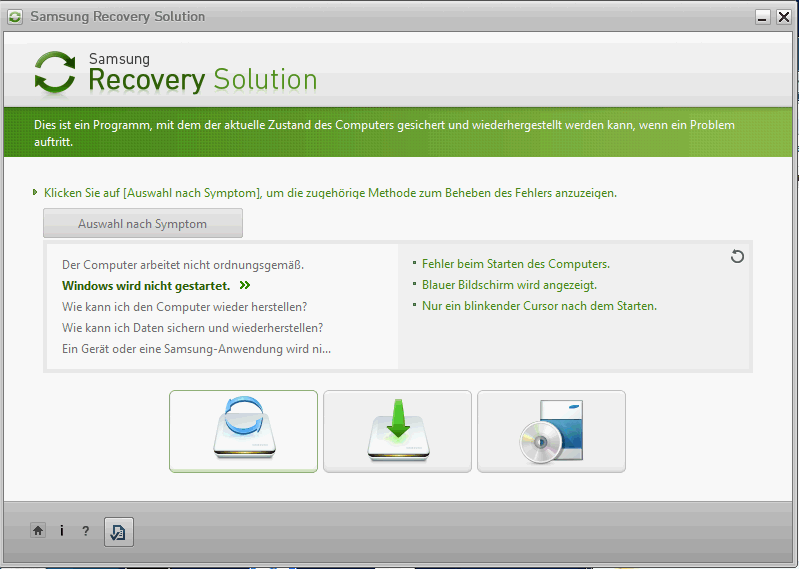Voltcraft Vc 960 Software Reviews
Voltcraft Vc 960 Software Download Data from the VC- 9. 40 multimeter will transmit a data packet each. In case of a software., med:, max: Voltcraft VC 960.


For the original German review, see. We previously tested the around 6 months ago. We loved the great 13-inch case, with beautiful workmanship and great lighting, yet modest weight (~2 kg).
However, the CPU performance was lacking as the dual-core processor operates at 1.7 - 2.7 GHz, which is not great for a gaming notebook. Now Alienware is offering the (Broadwell architecture, 2.4 - 3.0 GHz) for this model and we want to check how much more performance can this upgrade offer? The graphics card has also been upgraded: instead of the, the model will now employ the faster. Most of the other hardware has stayed the same: we were happy to see a 256 GB SSD and a matte FHD panel. Lykke Li Free Download Little Bit here.
Furthermore, the German buyers will have to decide between a 1,000 GB HDD or a 512 GB SSD and between an HD panel (1366x768) and a QHD+ panel (3200x1800). The configuration is rounded off with 16 GB of DDR3 RAM, comprised of two 8 GB RAM modules.
Of course, the most important change is the processor. The Intel of last year belongs to the Haswell generation and achieved a maximum of 2. Autocad Civil 3d Line Types Worksheet on this page. 7 GHz. Our test model is equipped with the, which can achieve up to 3.0 GHz at load (+300 MHz). The base clock speed is +700 MHz higher (2.4 vs.
Furthermore, Intel has also upgraded the L3 cache. Instead of the 3 MB cache of last year, the i7-5500U uses a 4 MB L3 cache. In addition, the (@i5-4210U) has been upgraded to the IGP (300-950 MHz). Thanks to Nvidia, the laptop can swap between the IGP and GPU, depending on the performance the user requires.
For example, while performing everyday tasks, such as word editing or surfing the web, the IGP will be in charge, but as soon as you start a game, the dedicated Nvidia GPU will kick in. Both processors have a TDP value of 15 W. The CPU benchmarks leave us with mixed feelings.
The Core i7-5500U is 20% faster than the Core i5-4210U in single-core and multi-core tests. However, in comparison to the traditional 47 W quad-core CPU found in most gaming notebooks, our CPU stands no chance.
In fact, the gaps are enormous when we run any test that uses more than one core: the can surpass our test model by 100% in a few tests. The (GTX 960M) and the () are proof that it is possible to have a powerful quad-core processor in a flat 13 or 14-inch chassis. Storage Device The storage device of our test model is a 256 GB SSD from Samsung, the PM851. Instead of the mSATA format, the drive employs the M.2 format, which should theoretically allow the use of PCIe models. Sadly, the Alienware 13 uses a classic SATA III SSD, which limits speeds to about 500-550 MB/s.
The Samsung Drive places at that level in the sequential test of CrystalDiskMark. Sadly, the test configuration cannot perform as well in the sequential write test.
The SSD offers a modest write speed of 242 MB/s. A lot of the competition can offer 300 or 400 MB/s (like the 256 GB Crucial M550 in the ). The PM851 performs well with compact 4K files, which are often found in everyday use.
The access times of 0.118 ms (read) and 0.036 ms (write) are quite decent (AS SSD benchmark). In our benchmarks, the Alienware 13 had to compete with other 13 and 14-inch gaming notebooks. One look at the table makes two things clear: 1) The gap between our test model and the more expensive GTX 965M and GTX 970M is quite large at 34% and 49% in 3DMark 11% and 27% and 45% in the Fire Strike test of 3DMark 13. 2) The weaker CPU of our test model places it far behind other gaming notebooks with identical hardware, but stronger processors. Thanks to the quad-core CPU, the Schenker XMG A305 is ahead by about 10% in the 3DMark graphics tests. At least, our test model can outperform the Alienware 13 of last year by about 10% (the gaps are much larger in overall and physics tests). Gaming Performance The GeForce GTX 960M tends towards middle-class performance, as is noticeable when running demanding games.
Does not run fluidly at maximum or high details with the native resolution of 1920x1080 pixels. For a decent fps, the resolution has to be reduced to 1366x768 pixels and settings have to be dropped to medium. And require far too much from the GTX 960M at high settings. Less demanding games, like, and, run beautifully at maximum settings (max details, AA). The GTX 960M is not appropriate for 4K gaming.
The optional graphics amplifier, also named Amplifier by Dell, is a feature we last year. In contrast to the, which uses a similar system, the 13-inch test model does not need to be placed on the dock and can be simply connected using a cable. This is also the weak point: the desktop GPU of the MSI GS30 is in a PCIe-x16 interface, whereas the Alienware system uses a PCIe-x4 interface, which can reduce performance by up to 10%. However, as mentioned before, the dual-core CPU of our test model is the primary bottleneck. Although, the Core i7-5500U performs better than the Core i5-4210U, it does not suffice in combination with a desktop GPU. Depending on the game, the of the amplifier was up to 50% slower than that of our desktop PC (especially in ).
Sadly, we do not see any sense in having an amplifier if the hardware is not strong enough to match it. The, which also offers an amplifier, suffers less, thanks primarily to a stronger, quad-core CPU.
Overall, the MSI system seems better designed, as the incredibly powerful could perform well in conjunction with the desktop GPU (). Emissions System Noise Despite a conservative dual-core CPU, the fans are clearly audible at load. In the 3DMark 06 test, the noise emission varied dynamically between 39 dB(A) (CPU benchmarks) and 48 dB(A) (GPU benchmarks) with an average noise emission of 46 dB(A). The Alienware 13 is quieter than the MSI GS30 (~53 dB(A)), but far louder than the Alienware 13 of last year (Core i5-4210U and GeForce GTX 860M: ~38 dB(A)).
After a stress test of 1 hour, the FurMark and Prime95 tools can get 52 dB(A) out of the system. While idling, the notebook seems great: even when starting a browser or MS Office programs, the fans do not start up. At 29 dB(A), the system is as quiet as a mouse.
Other gaming notebooks should learn from this test model. The temperatures of our test model are higher due to the upgraded processor. In the stress test, the model from last year hit maximum temperatures of 82 °C (179.6 °F, GPU) and 78 °C (172.4 °F, CPU), whereas our test model (according to HWMonitor) hits up to 92 and 104 °C (197.6 and 219.2 °F) respectively. As such, it is not surprising that our test model suffers from throttling (which drops the temperatures to 90 °C, 194 °F). The case surfaces can get quite hot as well: at 63 °C (145.4 °F) in the back, we do not recommend using the notebook on the lap. While idling, the laptop has no temperature issues. After two hours of being idle, the average temperature was 28 °C (82.4 °F) – great.
Overdue, yet not game-changing: the hardware upgrade for the Alienware 13 is sadly not what we were hoping for. Although the is superior to the in most cases, it cannot compete with gaming notebooks equipped with a quad-core processor. The and the external graphics amplifier both suffer due to the dual-core CPU. Although the notebook is quite portable, it will not be the first choice for passionate gamers, due to the weak Core i7-5500U.
Overall, the verdict is quite similar to that of. Alienware attracts buyers with a stylish, high-quality case, a backlit keyboard and an IPS panel with strong contrast. We give additional points for high battery life. However, the touchpad and sound system require some work. It all comes down to personal preference whether you pick the Alienware 13 or the. The overall rating of 82% has stayed the same for the Alienware 13 over the years.